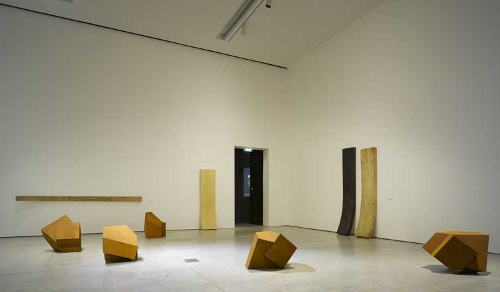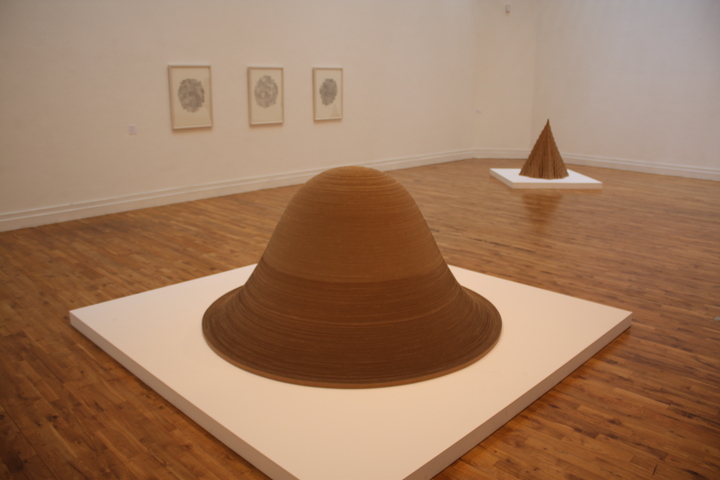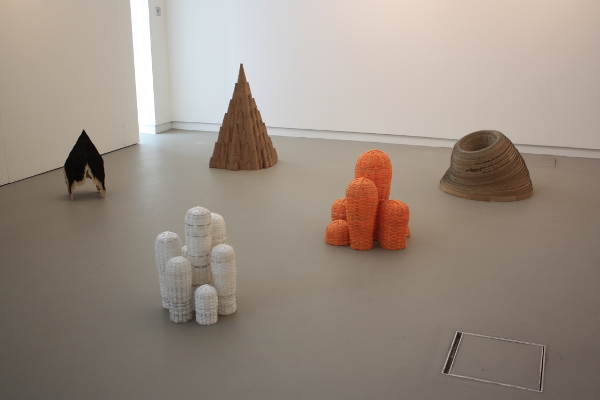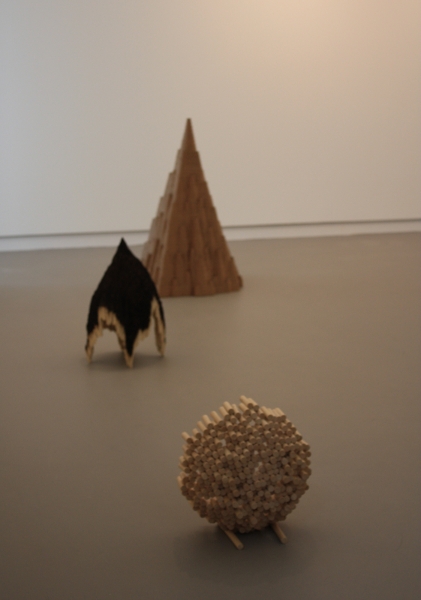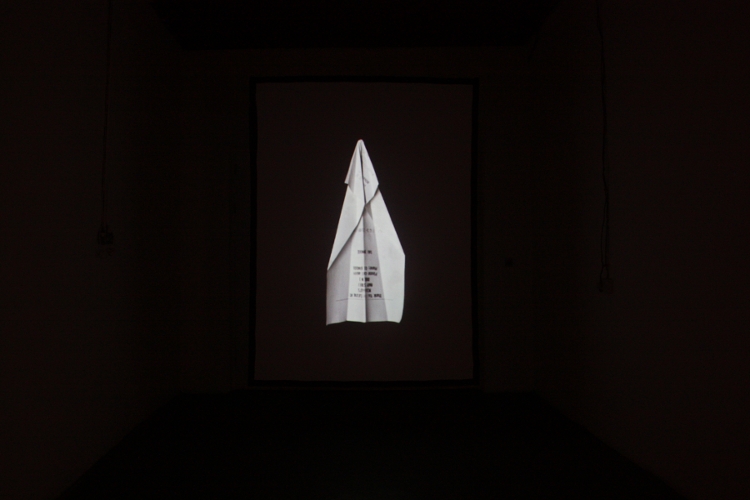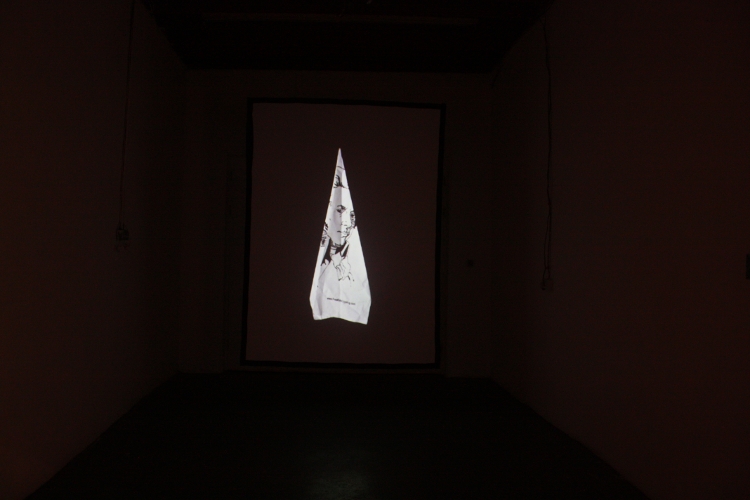 Other Visible things was a project in my studio at Temple Bar Gallery and Studios from the 24th-26th September, 2013 as a part of the artist led exhibition Re/Turn. For Re/Turn current members responded to Robert Armstrong's suggestion that we invite back artists who previously held studios at TBG&S to show work in the studios as part of the organisation's 30th anniversary celebrations.
Other Visible things was a project in my studio at Temple Bar Gallery and Studios from the 24th-26th September, 2013 as a part of the artist led exhibition Re/Turn. For Re/Turn current members responded to Robert Armstrong's suggestion that we invite back artists who previously held studios at TBG&S to show work in the studios as part of the organisation's 30th anniversary celebrations.
I invited 9 artists to show something from their own studio which was not a finished work of art and also exhibited something myself. The objects exhibited are below with further info. At the end of this post is a brief text I wrote for a leaflet to accompany the exhibition.
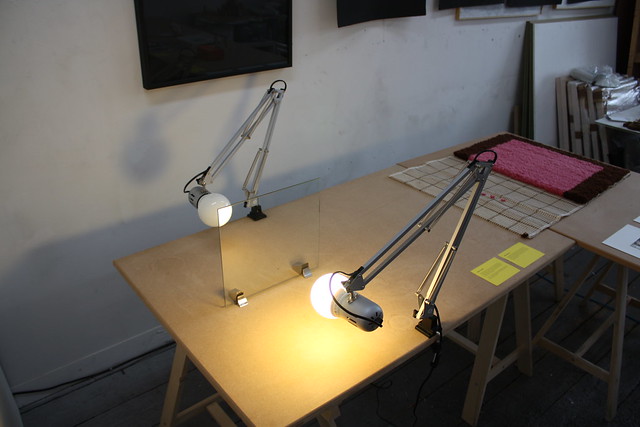
Sofie Loscher
This experiment is devised from a 1860s theatrical technique called 'Pepper’s Ghost’ that created the illusion of a ghostly figure appearing and disappearing onstage. I used a sheet of glass to replicate light from one bulb to redirect the viewer’s attention away from the object and towards the process of perception. These tests developed into a large-scale light installation shown in Moxie this year. By using the existing lighting in the building, the glass was the only thing added to the space.
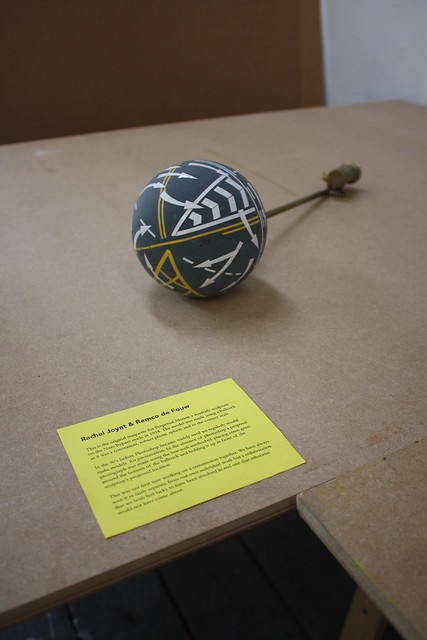
Rachel Joynt and Remco de Fouw
This is the original maquette for Perpetual Motion a roadside sculpture on the Naas Bypass made in 1994. The model was made using a ball cock as it was a convenient, robust plastic sphere and to the correct scale.
In the 90's before Photoshop became widely used we regularly would make models for presentation. In the absence of photoshop a proposal photograph was made using the low-tech method of placing some grass around the bottom of the ballcock and holding it up in front of the sculpture’s proposed location.
This was our first time working on a commission together. We have always seen it as fairly separate from our own individual work but a collaboration that we both feel lucky to have been involved in and one that otherwise would not have come about.

Cora Cummins
These are images I photographed from 1980s YouTube footage of famous rose gardens. I have recently been working on a new body of work for an upcoming exhibition at Visual, Carlow. Two of these works are video and for the first time I had the opportunity and financial support to hire a professional cameraman. I took these photographs in order to show Dan (the camera man) what kind of vision I had for one of the videos.
Part of my research for the show involved an old rose garden that I had heard about when I was young but had never visited. The idea was to make a piece that was filmed in a real garden but had the atmosphere of a 1970s dream sequence. I was really happy with the way my camera captured the scenes dissolve.
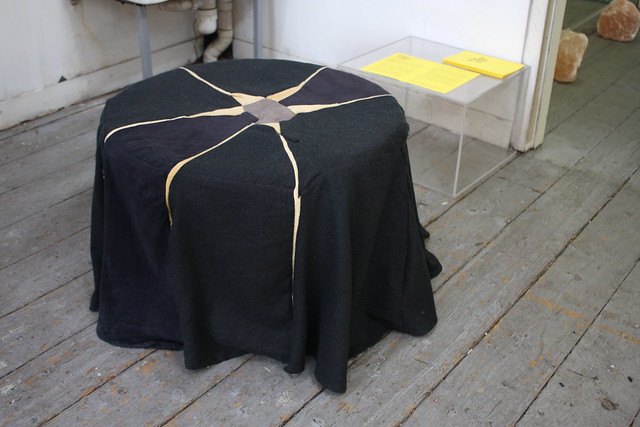
Clodagh Emoe
This object was made to function as a small stage on the larger stage in the Project Arts Centre in the seminar Knowing Not to Know and later used as a podium for public recitals that took place in Gracelands, an art festival in Co. Leitrim curated by Vaari Claffey. I do not see it as a work of art but as a 'prop'. Now this object remains in my studio, and having made the transition from the public to the private, it furnishes me with an adequate seat for solitary reading or to sit with another.

Karl Burke
This is one of a series of works that are basically three dimensional, abstract drawings. They were initially conceived of and created as gifts for friends and family and were not intended to be exhibited. Referencing the tradition and act of framing, each piece is constructed with wood and glue and can be placed or pinned on a wall or stand on a shelf.
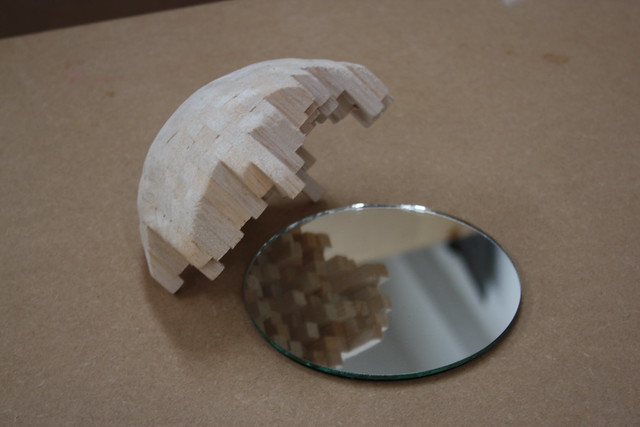
Niall de Buitlear
This was one of a number of failed sculptural experiments using wood and balsa wood which were done as tests for a larger work which was never made. At the time I was trying to develop a sculpture with two sides that had very different qualities as a way of emphasising the viewers movement in the gallery space. The perception of the piece would be determined by the position of the viewer and from a single viewpoint it would be impossible to extrapolate the form of the entire piece.
I had originally envisaged a large piece made of stacked lengths of timber with one side shaped by sanding to form a smooth surface with the same pieces left unsanded on the other side. I could never quite get this idea to work and so this object is kept in a box with various other false starts and failures that seemed a little too interesting to throw away.

Rhona Byrne
This incomplete handmade rug was found in a skip outside my studio along with lots of other old sewing stuff. It must have belonged to a woman who had died as there were lots of her belongings. At the time I found it I was making a series of carpet pieces as part of an installation for an upcoming show. It felt like a timely reminder to enjoy the process of making in the studio.

Damien Flood
These works were started in early 2009. They came out of a desire to make work but at the time not financially being able to afford the necessary materials. In my studio I had a large stack of old unused research photographs and on my pallet, paint sitting in wait. I have continued to make these hybrid painted photographs ever since but have struggled to incorporate them fully into my practice. Until now I have only ever shown them twice as part of a solo show.
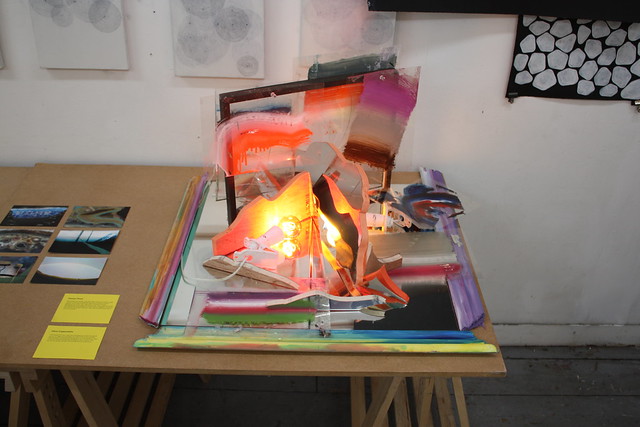
Diana Copperwhite
Over the past few years I have been developing my practice through the process of collage and assemblage, my studio is full of bits and pieces that generally get rearranged and dismantled as my work develops. I think of them as maquettes for painting installations some of which could become site specific wall pieces but generally they are studio props.
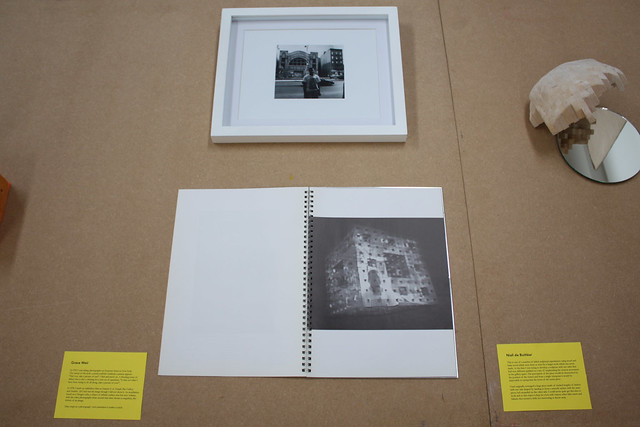
Grace Weir
In 1992 I was taking photographs on Houston Street in New York. The sweep of the kerb, a metal scaffold. Suddenly a person appears "Hey you, take a picture of me!". Click and move on. A flooding sense of failure that is also a clearing for a new set of questions. "Is that not what I have been trying to do all along, take a picture of you?".
In 1996 I made an exhibition Man on Houston St at Temple Bar Gallery and Studios. All I had was his image though I did not show it. An installation based on a Menger cube, a object of infinite surface area but zero volume, with the other photographs from around that time shown as negatives, the before of an image.
Time stops in a photograph. And sometimes it makes a circle.
Other Visible Things
For Other Visible Things artists who previously worked in studios at TBG&S have been asked to contribute something from their own studio that is not an artwork. These contributions include research material, found objects, experiments, and the leftovers of other projects. This studio-based exhibition aims to provide an insight into studio practice and to provide an outlet for the materials that artists accumulate but which do not always have an outlet to be seen by others.
The concept for the project was originally developed for an unsuccessful application to a residency programme at a museum. It was intended as a way to extend the studio into the public areas of a museum by exhibiting objects in the glass fronted lockers in the museum’s self service cloakroom. These uncertain objects that were not quite ready for the galleries would find a place at the fringes of the institution. When the suggestion of a studio based exhibition at TBG&S was raised the idea re-emerged in a slightly different form as Other Visible Things.
The title Other Visible Things is derived from the Mel Bochner project Working Drawings and Other Visible Things on Paper Not Necessarily Meant to be Viewed as Art (1966) which is often referred to as the first piece of conceptual art. I was struggling to find an appropriate title that did not feel too generic and also did not overly impose my own viewpoint on other artists contributions as I do wish to be a curator nor do I feel that the project itself is an artwork. It is simply a project that I have invited others to participate in.
I had not thought of Bochner’s piece prior to developing the concept but it later came to mind as an obvious precursor and I decided I should reacquaint myself with it. Within Mel Bochner’s overly verbose, outdated sounding title I found the title I was looking for. As I came to the end of the process of assembling this collection of objects I discovered an undated interview with Hans Ulrich Obrist where Mel Bochner described his project in the following way:
I had in mind the notion of getting upstream from the work, trying to find the source...My original intention was to organize an exhibition that focused on the thought process, a kind of genealogy of the artwork. So I asked artists that I knew and some that I didn't to borrow their working drawings, but I asked them to choose the works themselves. I didn't want to enforce any specific aesthetic view on the work. Everyone was very co-operative and very agreeable.
This description resonates with my own approach to and experience of organising this project 47 years after Bochner’s and I would like to thank the participating artists for their openness and generosity.
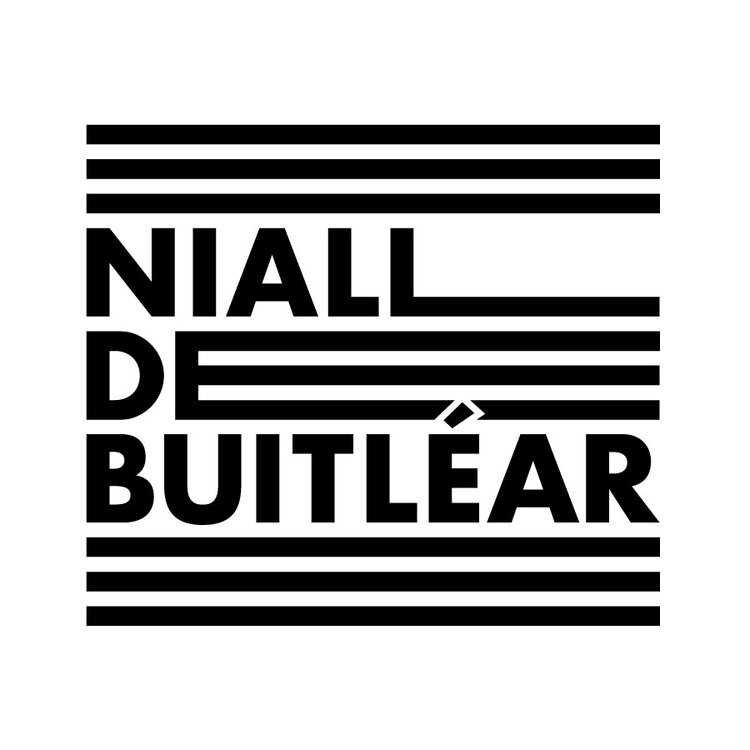



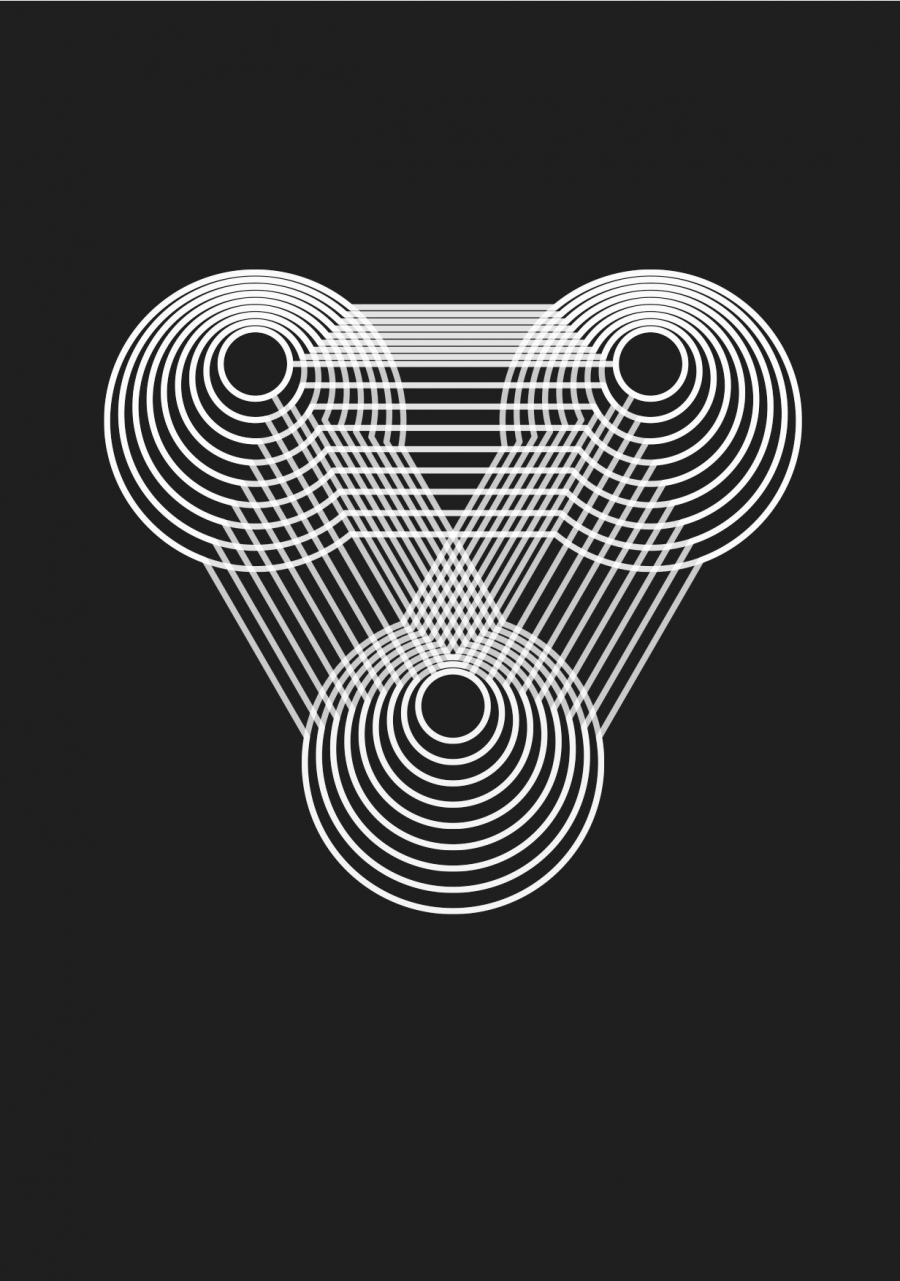
 Other Visible things was a project in my studio at Temple Bar Gallery and Studios from the 24th-26th September, 2013 as a part of the artist led exhibition Re/Turn. For Re/Turn current members responded to Robert Armstrong's suggestion that we invite back artists who previously held studios at TBG&S to show work in the studios as part of the organisation's 30th anniversary celebrations.
Other Visible things was a project in my studio at Temple Bar Gallery and Studios from the 24th-26th September, 2013 as a part of the artist led exhibition Re/Turn. For Re/Turn current members responded to Robert Armstrong's suggestion that we invite back artists who previously held studios at TBG&S to show work in the studios as part of the organisation's 30th anniversary celebrations.









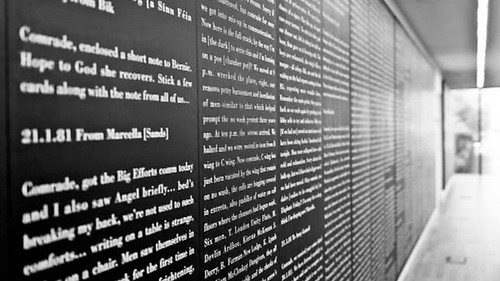 A Fine Gael member of Athlone Town Council is trying to have a state-owned piece of art removed from a public art gallery.
A Fine Gael member of Athlone Town Council is trying to have a state-owned piece of art removed from a public art gallery.
